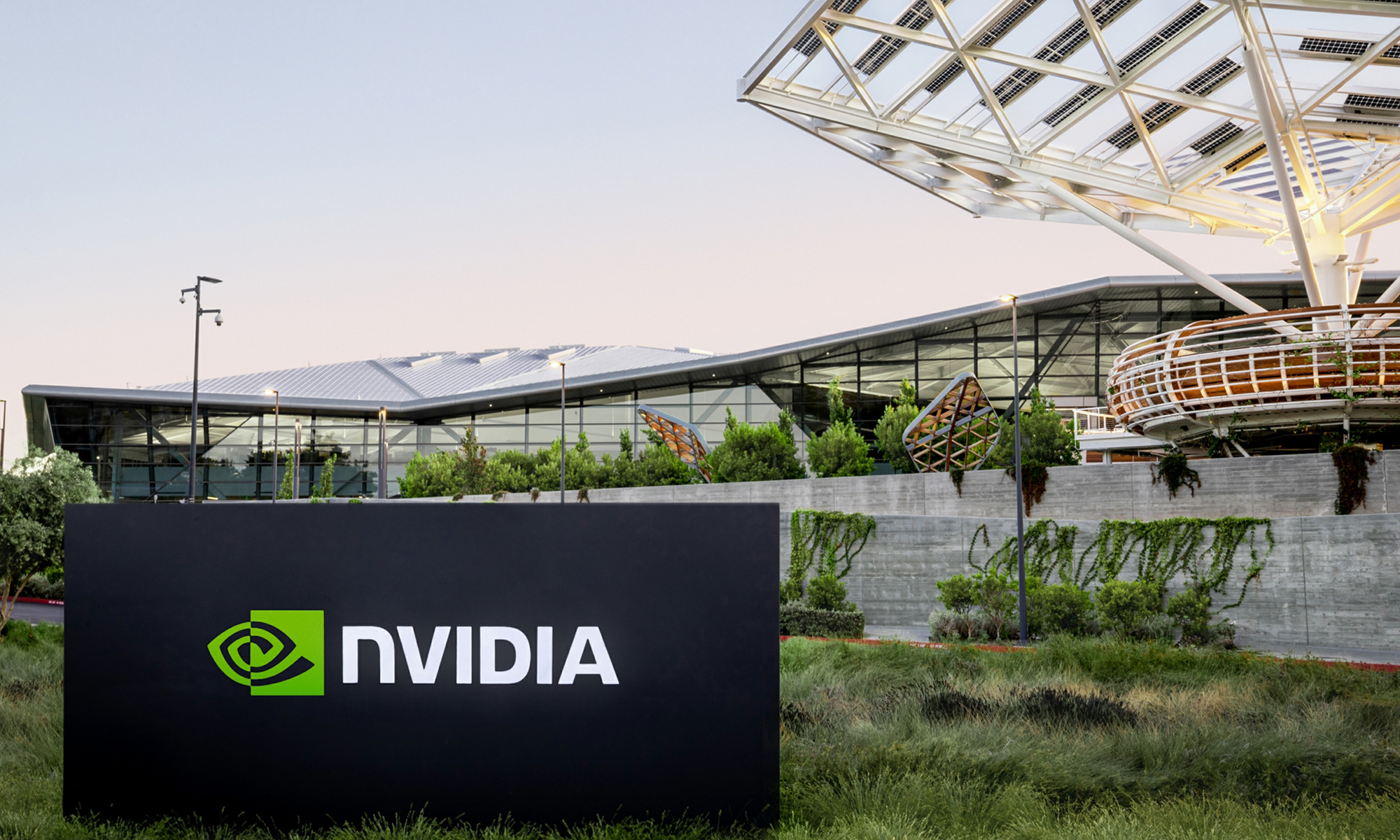I've been looking around for new investment opportunities lately and, unsurprisingly, much of my attention has been focused on AI stocks. Most of my portfolio is in the Vanguard S&P 500 ETF, which has risen significantly over the past few years thanks to the artificial intelligence boom.
But if I had to reposition some of my money right now and buy just one stock, I'd divert some funds to the semiconductor powerhouse Nvidia (NVDA 0.32%). Even with its monster growth over the past few years, Nvidia likely has more room to run. Here's why I think it's a top stock to buy and hold.

Image source: Getty Images.
1. Nvidia wins no matter who leads the AI race
One of the best things about Nvidia's position in the AI space is that the company benefits no matter who is leading the artificial intelligence race. Nvidia's processors are used in the AI data centers built by Meta, Microsoft, Alphabet, Amazon, and many others. As these companies try to outpace each other, they're spending hundreds of billions of dollars -- some of which goes to Nvidia's semiconductors.
An estimated $6.7 trillion will be invested in artificial intelligence data centers by 2030, and it doesn't matter if Microsoft sets the pace for AI, or if Meta builds the super-intelligent AI that CEO Mark Zuckerberg says the company is working on. It's all the same to Nvidia because all of these companies need the latest versions of its processors to keep themselves from falling behind.
And it's not just the chips. Nvidia's CUDA software stack has become the foundation for AI development, locking in customers and making it difficult for rivals to catch up. In this AI gold rush, Nvidia is selling the shovels, and winning no matter who strikes it big.
2. The company's revenue and profits are soaring
It's important to distinguish between AI companies that aren't profitable and those that are very profitable. While this is always important in the investing world, it's especially important now because the share prices of so many AI companies -- both profitable and not -- are flying high right now. That can make it seem like profits don't matter, but they very much do.
Consider that Nvidia's revenue jumped 114% to $130.5 billion and its earnings popped 147% to $2.94 per share in fiscal 2025. When a large, established company manages to grow at such a rapid pace, it's understandable why its share price has soared 72% over the past year.
This has made Nvidia a solid investment rather than a speculative AI play, and it means that its shares are reasonably valued compared to some AI stocks. For example, Nvidia stock has a price-to-earnings ratio of about 57, which is below the semiconductor industry average of 64 and far below the P/E multiples of semiconductor rivals Advanced Micro Devices and Broadcom -- which have P/E ratios of 131 and 110, respectively.

NASDAQ: NVDA
Key Data Points
3. It has a wide economic moat
Nvidia has invested in developing the best AI hardware and ecosystem over many years, transitioning what was once a mostly gaming GPU company into an artificial intelligence powerhouse. By creating the best processors -- and the software ecosystem to go along with it -- Nvidia now enjoys a market share for AI data center processors of between 70% to 95%.
This means that any of the large tech companies that may want to switch to a rival AI semiconductor ecosystem would have a very hard time doing so. They've already invested in using Nvidia's processors and software, and they're locked in an AI race, making it a very bad time to change systems.
To put this in perspective, the investment research firm Morningstar says companies that have a wide economic moat -- and Nvidia is one of the few -- likely have competitive advantages for the next 20 years. This gives Nvidia a long-term opportunity for revenue and earnings growth in the years ahead.
For all the reasons above, Nvidia remains one of the most compelling long-term plays in the AI space. While its stock may not climb as rapidly as it has in recent years, the company's leadership in artificial intelligence should be a catalyst for more growth in the years ahead.





